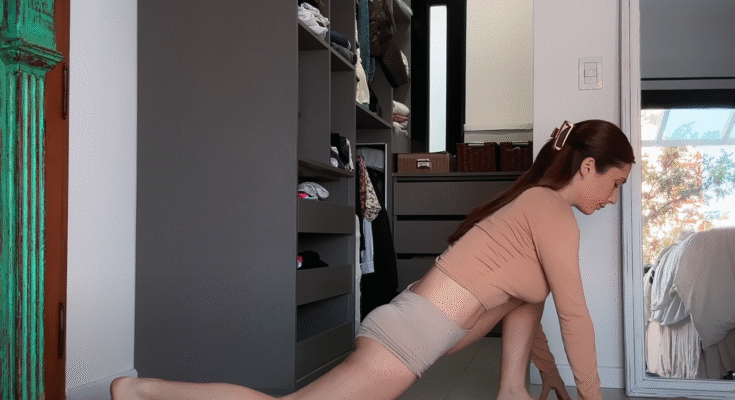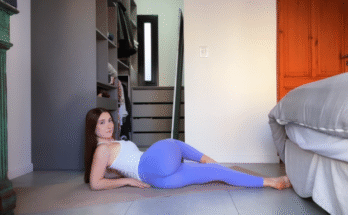In today’s fast-paced world, where we often find ourselves sitting for long hours and engaging in minimal physical activity, flexibility is more important than ever. One of the most effective ways to enhance flexibility, ease muscle tension, and promote overall well-being is through yoga stretching. Whether you’re a complete beginner or someone looking to deepen your practice, yoga offers a gentle yet powerful path to improved flexibility.
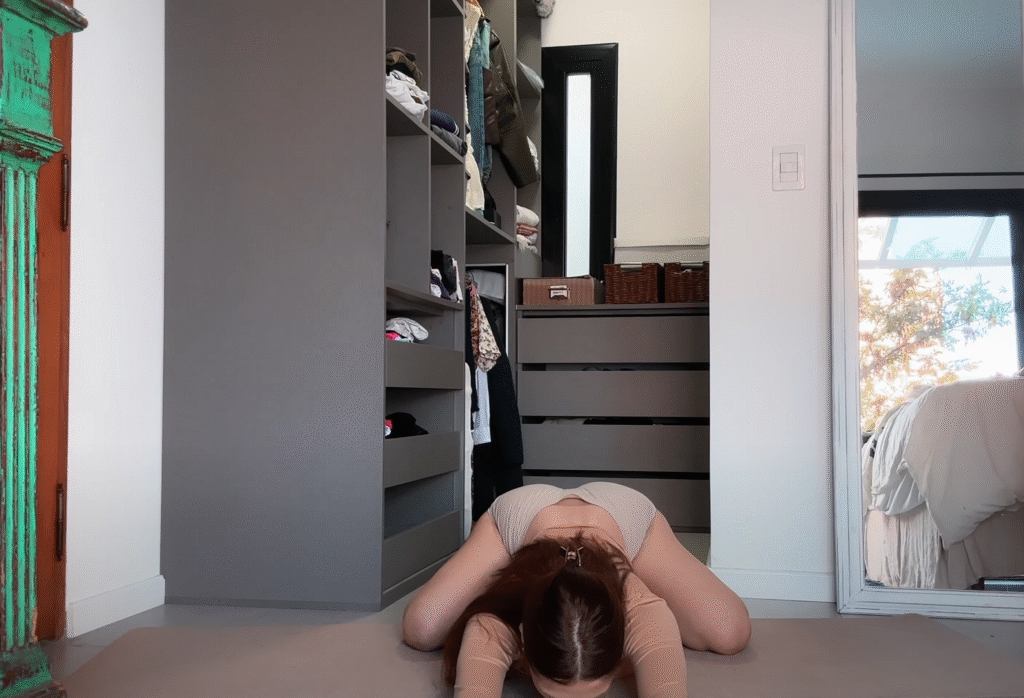


Why Flexibility Matters
Flexibility isn’t just about touching your toes or doing a split. It plays a key role in your daily life. Flexible muscles and joints reduce the risk of injuries, improve posture, increase range of motion, and allow your body to move more freely. Tight muscles, on the other hand, can lead to discomfort, poor alignment, and restricted movement.
Poor flexibility is often linked to a sedentary lifestyle. Sitting for long periods shortens the hip flexors, tightens the hamstrings, and weakens the lower back. Over time, this can lead to pain and mobility issues. That’s where yoga stretching comes in—it helps lengthen and relax the muscles, improving overall mobility and balance.


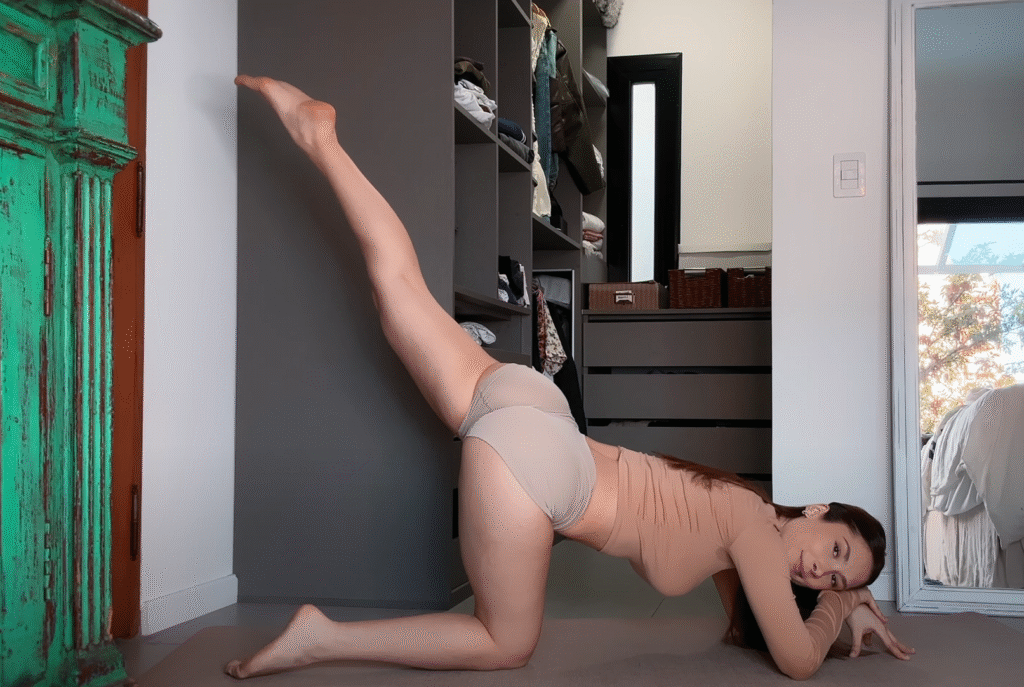
Yoga and Flexibility: A Natural Fit
Yoga is not just exercise; it’s a holistic practice that connects the body, mind, and breath. The postures (asanas) in yoga are designed to stretch, strengthen, and align the body. Through consistent practice, yoga helps loosen tight muscles, open up the joints, and gradually build flexibility in a safe and sustainable way.
Unlike many workout routines that focus on intensity and speed, yoga encourages slow, mindful movement. This approach allows your muscles to fully engage and relax into each pose, increasing flexibility without straining the body.
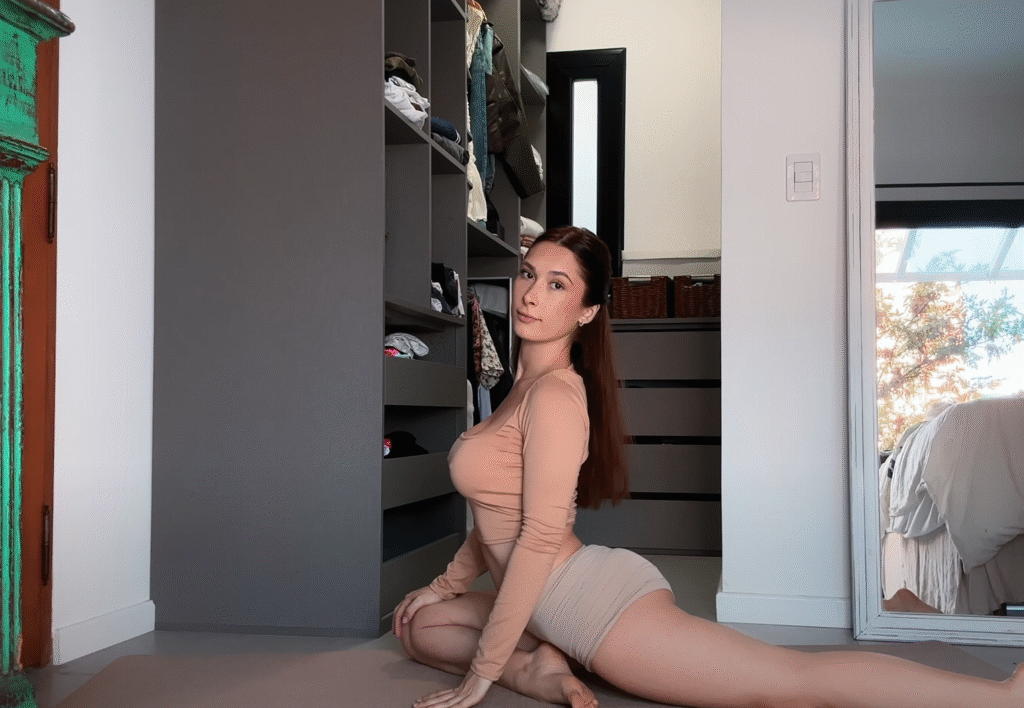
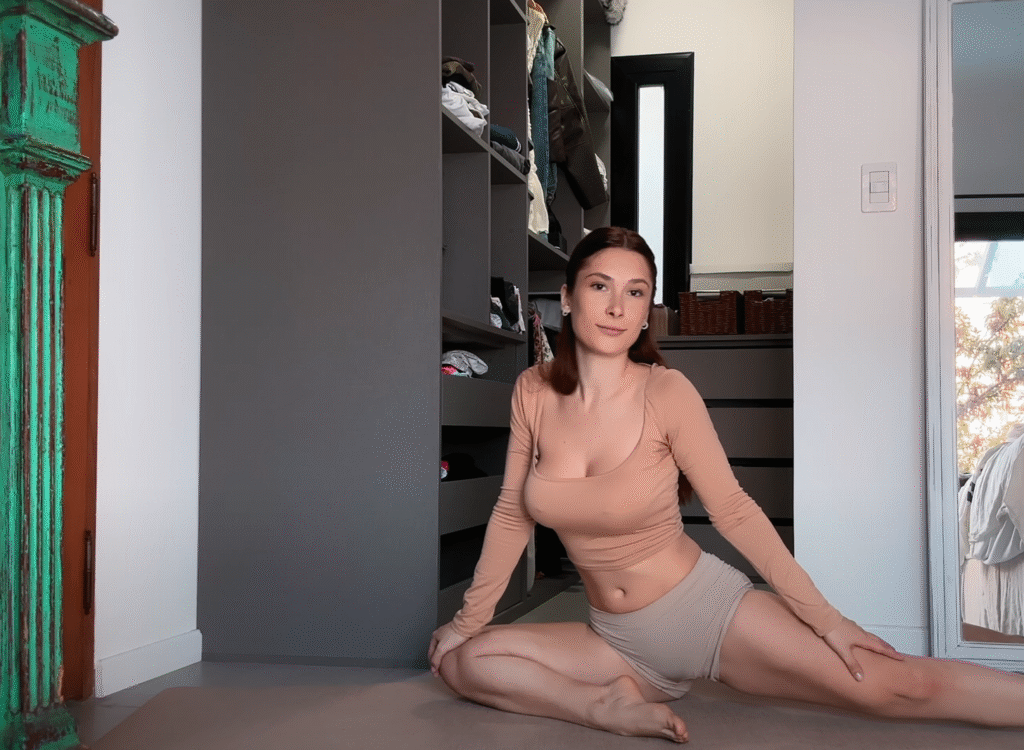

How Yoga Stretching Improves Flexibility
1. Progressive Muscle Stretching
Yoga incorporates both dynamic and static stretching. Dynamic stretching warms up the muscles through controlled movement, preparing them for deeper poses. Static stretching, where a pose is held for several breaths, allows muscles to lengthen and release tension. Over time, this combination results in greater flexibility.

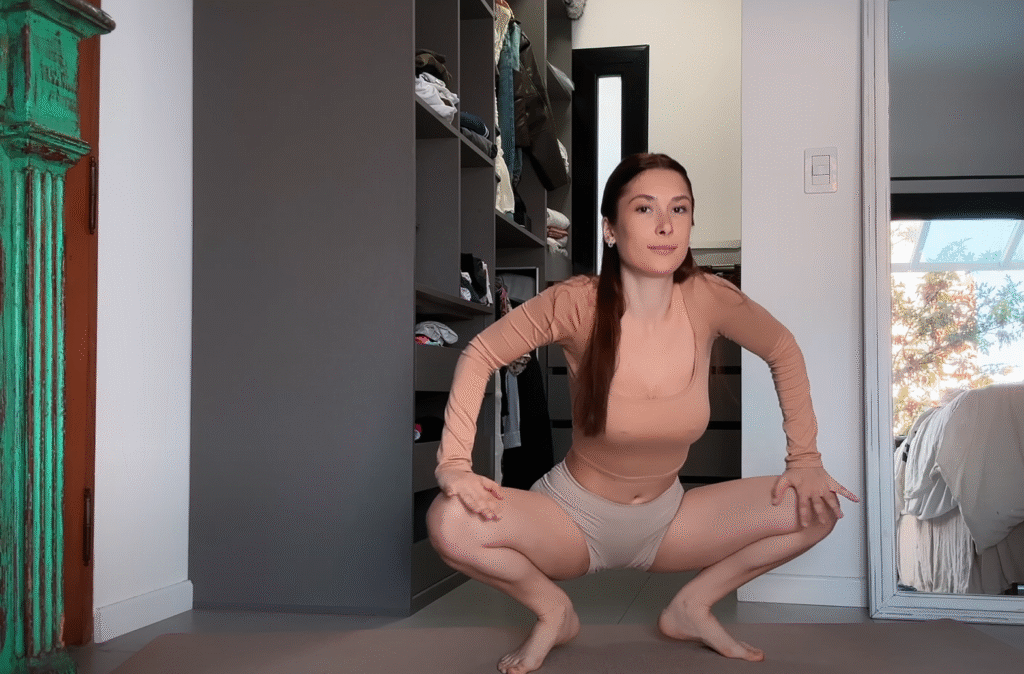
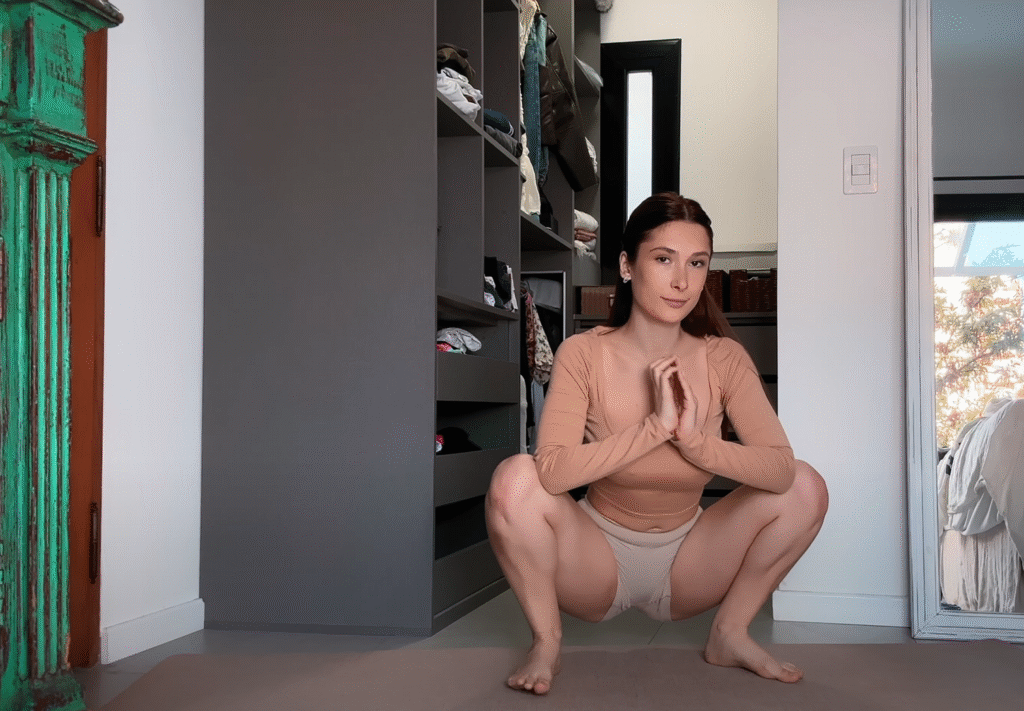
2. Focus on Breathing
Breathing (pranayama) is a core part of yoga. Deep, conscious breathing helps you relax and go deeper into each stretch. When you exhale slowly and fully, your muscles are more likely to release tension. This is especially useful in poses that target commonly tight areas like the hamstrings, hips, and shoulders.
3. Increased Body Awareness
Yoga helps you become more aware of your body’s limitations and strengths. This awareness allows you to make subtle adjustments in your poses, leading to better alignment and safer stretching. You’ll learn to respect your body’s current flexibility level while gently pushing its boundaries.
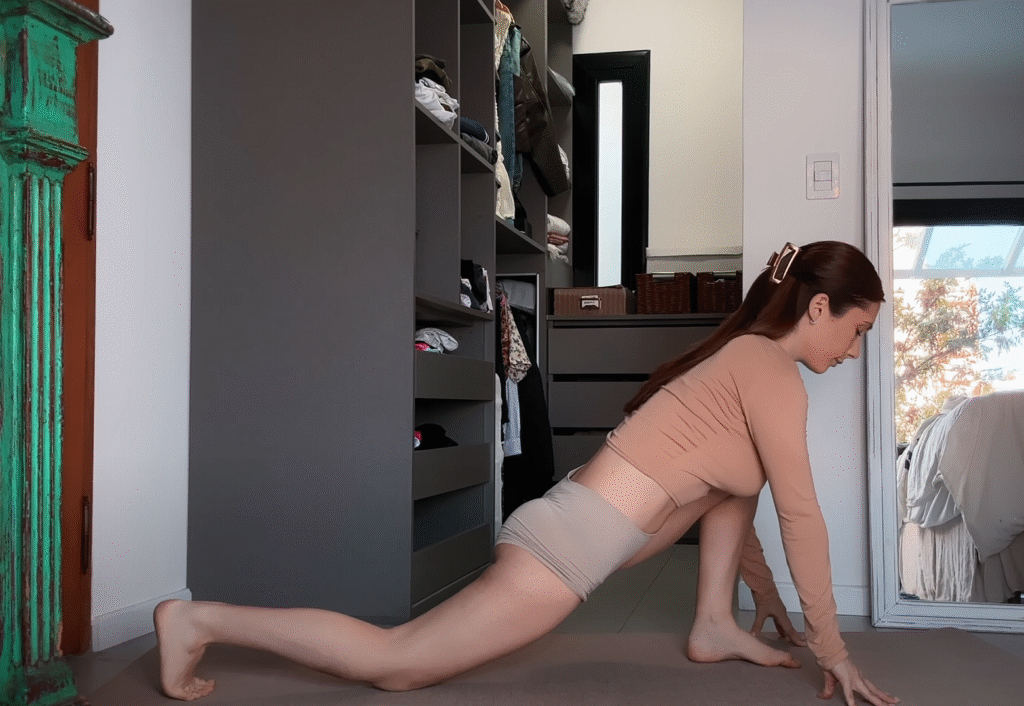
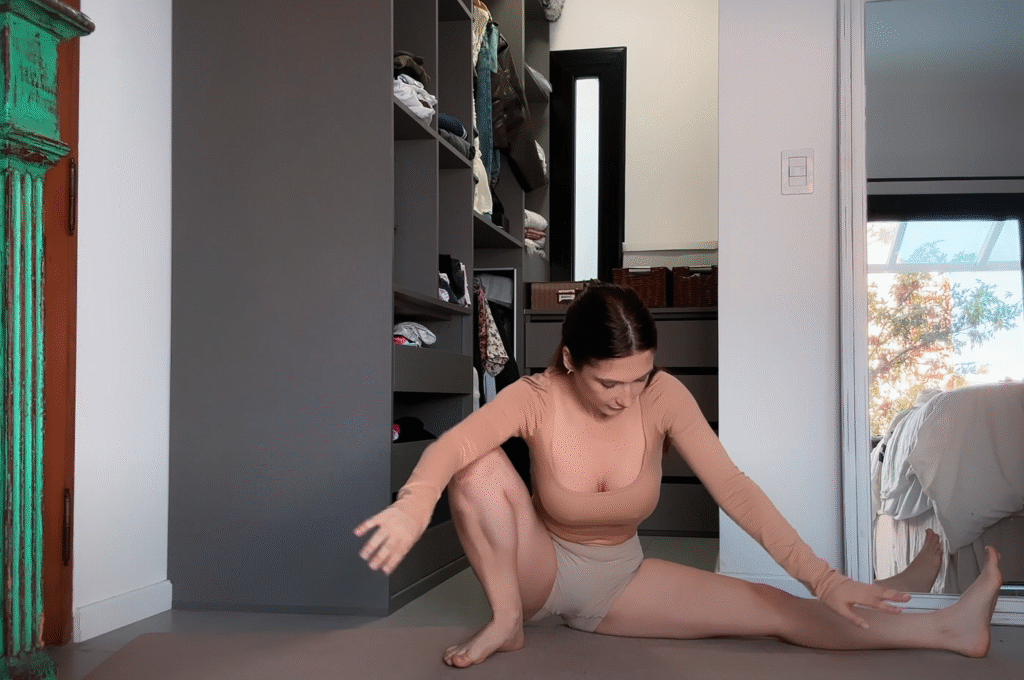
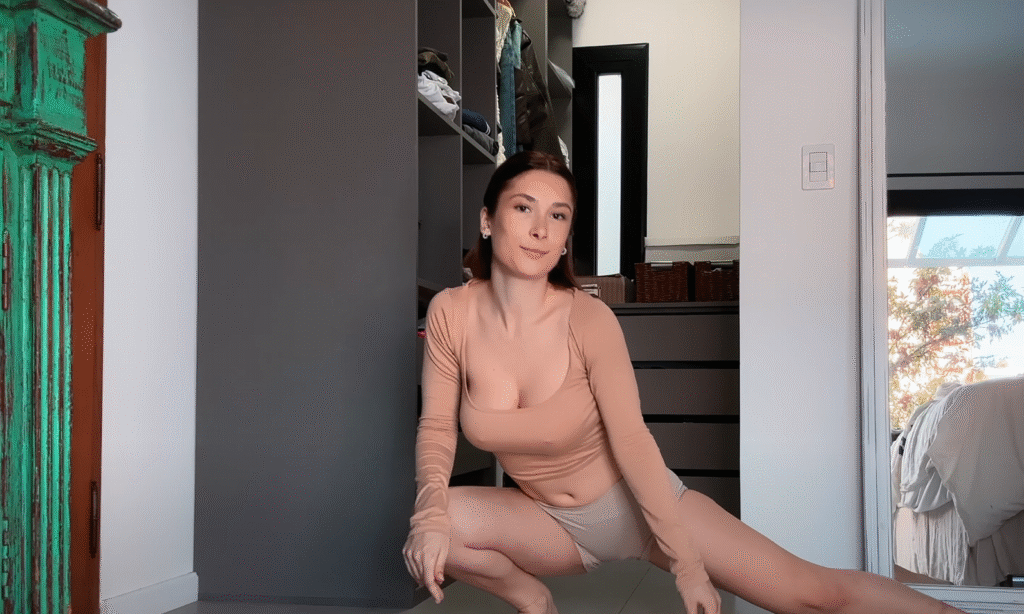
4. Consistency and Patience
One of the greatest advantages of yoga is that it meets you where you are. You don’t need to be flexible to start. With regular practice, your body will naturally become more open and mobile. Flexibility is not a quick fix—it’s something that improves over time. Yoga teaches patience, mindfulness, and persistence.
Best Yoga Poses for Flexibility
Here are some yoga poses that are especially effective for increasing flexibility:
1. Downward-Facing Dog (Adho Mukha Svanasana)
This foundational pose stretches the hamstrings, calves, and spine while strengthening the arms and shoulders.
2. Forward Fold (Uttanasana)
A great pose for stretching the back, hips, and hamstrings. It also helps calm the mind and relieve tension.
3. Low Lunge (Anjaneyasana)
Opens the hips and stretches the thighs, groin, and chest. It’s especially good for countering the effects of sitting.
4. Seated Forward Bend (Paschimottanasana)
Targets the entire back of the body—from the heels to the neck. It’s a deep hamstring and lower back stretch.
5. Pigeon Pose (Eka Pada Rajakapotasana)
Deeply opens the hips and relieves tight glutes and piriformis muscles. A go-to pose for lower body flexibility.
6. Bridge Pose (Setu Bandhasana)
Stretches the chest, neck, and spine while strengthening the back and glutes.
7. Butterfly Pose (Baddha Konasana)
This hip-opening pose also stretches the inner thighs and groin. It’s gentle yet effective.
Tips for Practicing Yoga for Flexibility
- Start Slowly: Don’t force your body into any pose. Let your muscles warm up and move at your own pace.
- Use Props: Yoga blocks, straps, and bolsters can support you in poses and help you maintain proper alignment.
- Breathe Deeply: Use your breath to guide your movement and deepen your stretches.
- Stay Consistent: Practice regularly—even 10-15 minutes a day can lead to noticeable improvements over time.
- Be Patient: Flexibility takes time. Celebrate small progress and be kind to your body.
Yoga Styles to Try
Different yoga styles emphasize different aspects of flexibility:
- Hatha Yoga: Great for beginners, focusing on basic poses and gentle stretching.
- Vinyasa Flow: Builds strength and flexibility through fluid, dynamic movements.
- Yin Yoga: Involves holding poses for 3–5 minutes, targeting deep connective tissues and promoting long-term flexibility.
- Restorative Yoga: Uses props to support the body in passive stretches, promoting deep relaxation and gentle flexibility.
Real-Life Benefits of Flexibility Through Yoga
Improving flexibility through yoga isn’t just about physical performance—it has real-life benefits:
- Better Posture: Flexible muscles allow for proper alignment of the spine and pelvis.
- Fewer Aches and Pains: Reduced muscle tension means less back, neck, and joint pain.
- Improved Circulation: Stretching increases blood flow, bringing nutrients to your muscles and tissues.
- Enhanced Athletic Performance: Flexibility improves range of motion, coordination, and muscle efficiency.
- Greater Relaxation: As your body releases tension, your mind follows, creating a sense of calm and well-being.
Final Thoughts
Yoga stretching is one of the most effective and enjoyable ways to improve flexibility. It’s accessible to people of all ages and fitness levels, and it offers both immediate relief and long-term benefits. By committing to a regular yoga practice, you’ll not only feel more limber and mobile—you’ll also experience greater balance, strength, and inner peace.
Remember, flexibility is not about achieving perfection—it’s about progress. Listen to your body, honor its journey, and enjoy every stretch along the way.
